
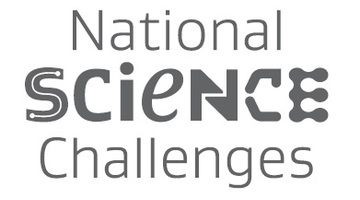
As New Zealanders looking to the future, we are faced with many opportunities – and challenges. These include improving the health of all our people, advancing our economic growth, protecting our ...
READ MORE
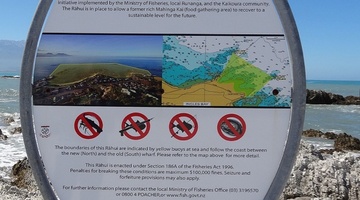
Estuaries are extremely valuable. They: are nurseries – breeding grounds for fish and birds maintain the health of coastal fisheries and waters are a buffer between land and sea – protecting the ...
READ MORE

As content developers for a science education website, we always operate with the nature of science hovering in the background. The Science Learning Hub was a pioneer in making the nature of ...
READ MORE
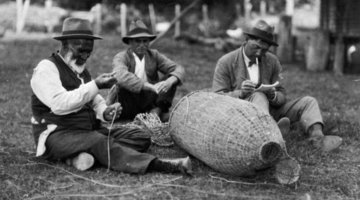
In this activity, students explore Māori perspectives concerning estuaries. By the end of this activity, students should be able to: explain how a Māori legend can show aspects of Māori thinking ...
READ MORE

Environmental DNA (eDNA) has revolutionised how scientists monitor ecosystems and identify the species that live in them. eDNA is genetic material found in hair, scales, skin and even faeces ...
READ MORE

Genetic modification has been used in Aotearoa New Zealand since the 1970s. It is used in research laboratories and in contained field tests, in some medicines and medical research and as part of ...
READ MORE

Be part of a worldwide movement and use Global Earth Challenge to submit or classify photos to help our planet’s environment and human health. Global Earth Challenge is a citizen science campaign ...
READ MORE

This citizen science project wants your assistance to extract information from various climate scientific graphics to help combat misinformation and support scientific communication. Using this ...
READ MORE

Globe at Night is an international citizen science campaign to raise public awareness of the impact of light pollution by inviting citizen scientists to measure and submit their night sky ...
READ MORE
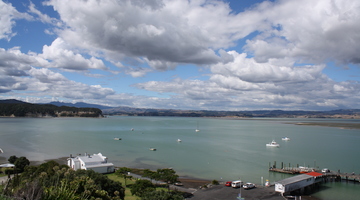
With 75% of New Zealanders living within 10 km of the coast, many students will be familiar with estuaries. In scientific terms, estuaries are the interface between the land and the sea – the ...
READ MORE
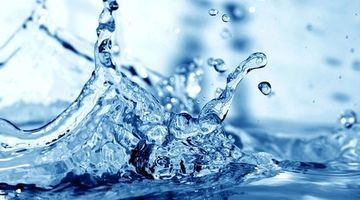
About 70% of Earth’s surface is covered by water. It is found just about everywhere and is the only naturally occurring substance on Earth existing in solid, liquid and gas states. Water is ...
READ MORE

Students carry out a practical investigation to help AgResearch scientists monitor the spread of Microctonus aethiopoides (a tiny wasp) and its success as a biocontrol agent for clover root ...
READ MORE
NIWA's Maori development officer, Apanui Skipper and Weno Iti, the Te Kūwaha manager (NIWA Māori Development Centre), describe what kaitiakitanga means to them.
READ MORE
NIWA scientist, Andrew Swales describes what estuaries are, how New Zealand estuaries have changed over time and why they now need to be monitored.
READ MORE
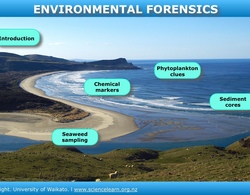
Dr Candida Savage explains the clues she collects in estuaries and fiords, to understand how changes in land use affect these environments. Click on the labels to watch the videos for more ...
READ MORE

This timeline lets you see the historical developments in technology related to weather monitoring, measuring and forecasting. It also shows how scientific thinking changed over the centuries as ...
READ MORE

This slideshow, from the webinar Te Tatauranga o ngā Manu Māra o Aotearoa – The New Zealand Garden Bird Survey, provides additional support for the video tutorial. Use the Slideshow menu for ...
READ MORE